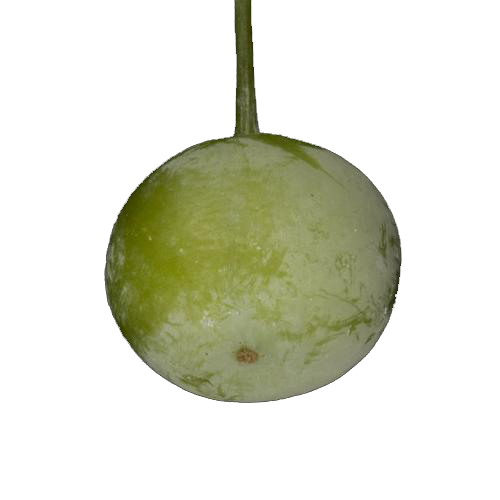Leafsnap is a series of electronic field guides being developed by researchers from Columbia University, the University of Maryland, and the Smithsonian Institution. The free mobile apps use visual recognition software to help identify tree species from photographs of their leaves. They contain beautiful high-resolution images of leaves, flowers, fruits, petioles, seeds and bark.
The original Leafsnap currently includes trees found in the Northeastern United States and Canada, and will soon grow to include the trees of the entire continental United States. The high-resolution images in the original app were created by the conservation organization. Finding Species.
This website shows the tree species included in Leafsnap, the collections of its users, and the team of research volunteers working to produce it.
The Leafsnap UK app includes trees from the United Kingdom with species information and imagery provided by the Natural History Museum in London. More information can be found on the Natural History Museum website.
The City College of New York developed and tested curricular materials that use the Leafsnap app to help middle school students notice, group, and contextualize street trees in the patterns of evolution. Curricular guide and other educational materials are available from here.

Contact us at [email protected] or follow @leafsnap on Twitter! View our Privacy Policy.